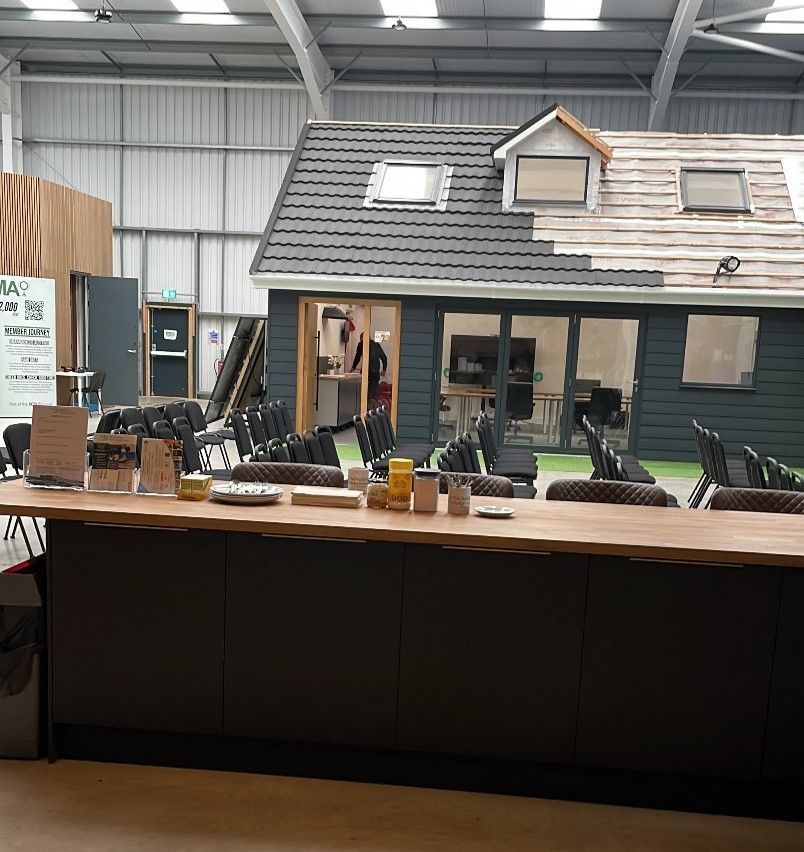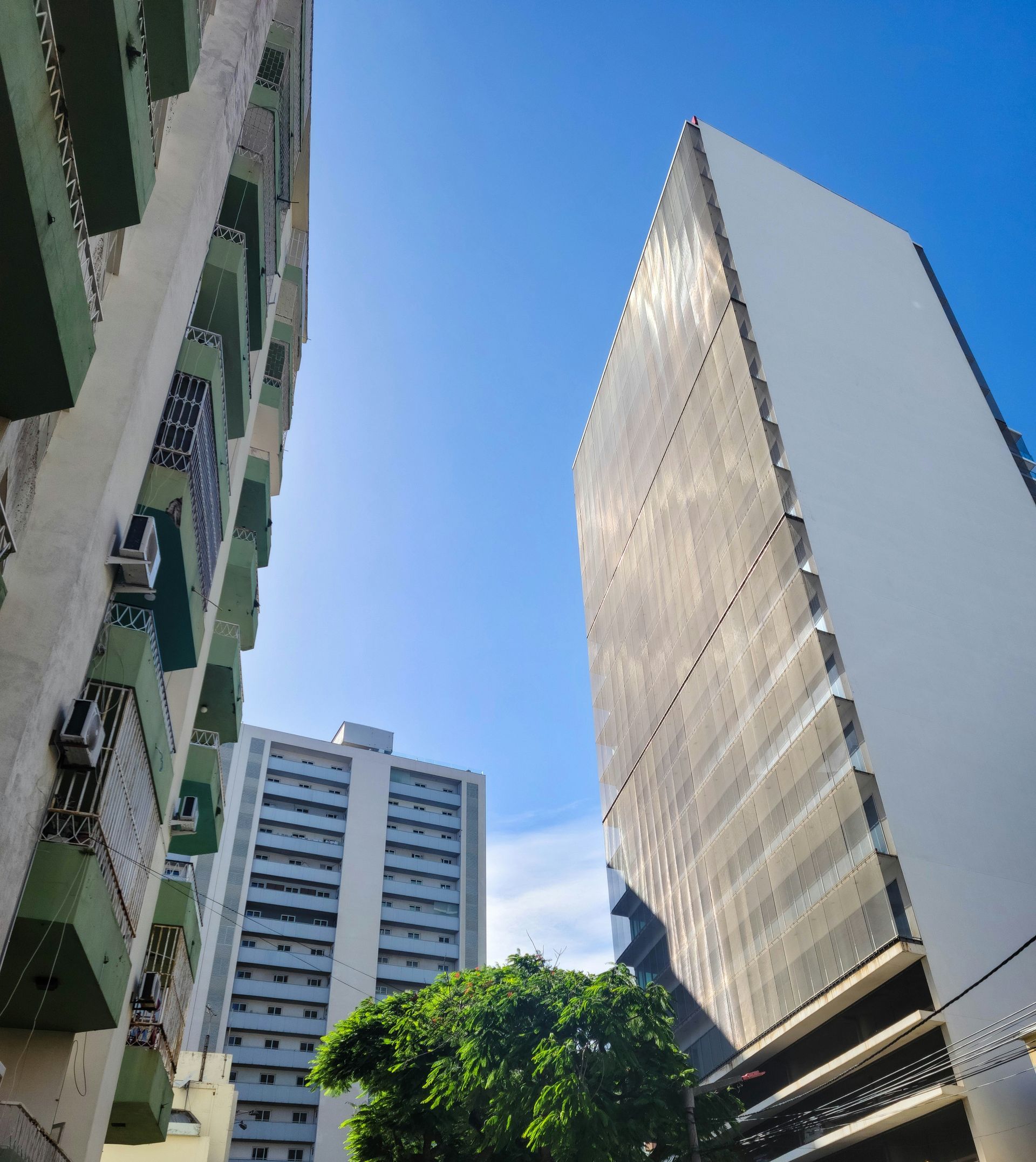Future Homes Standards Consultation : Buildings other than dwellings
Energy efficiency requirements for new homes and non-domestic buildings are set by Part L (Conservation of Fuel and Power) and Part 6 of the Building Regulations 2010 (“the Building Regulations”). The consultation paves the way for achieving the Future Homes Standard and Future Buildings Standard. It explores technical proposals for changes to the Building Regulations, the associated Approved Document guidance and calculation methods.
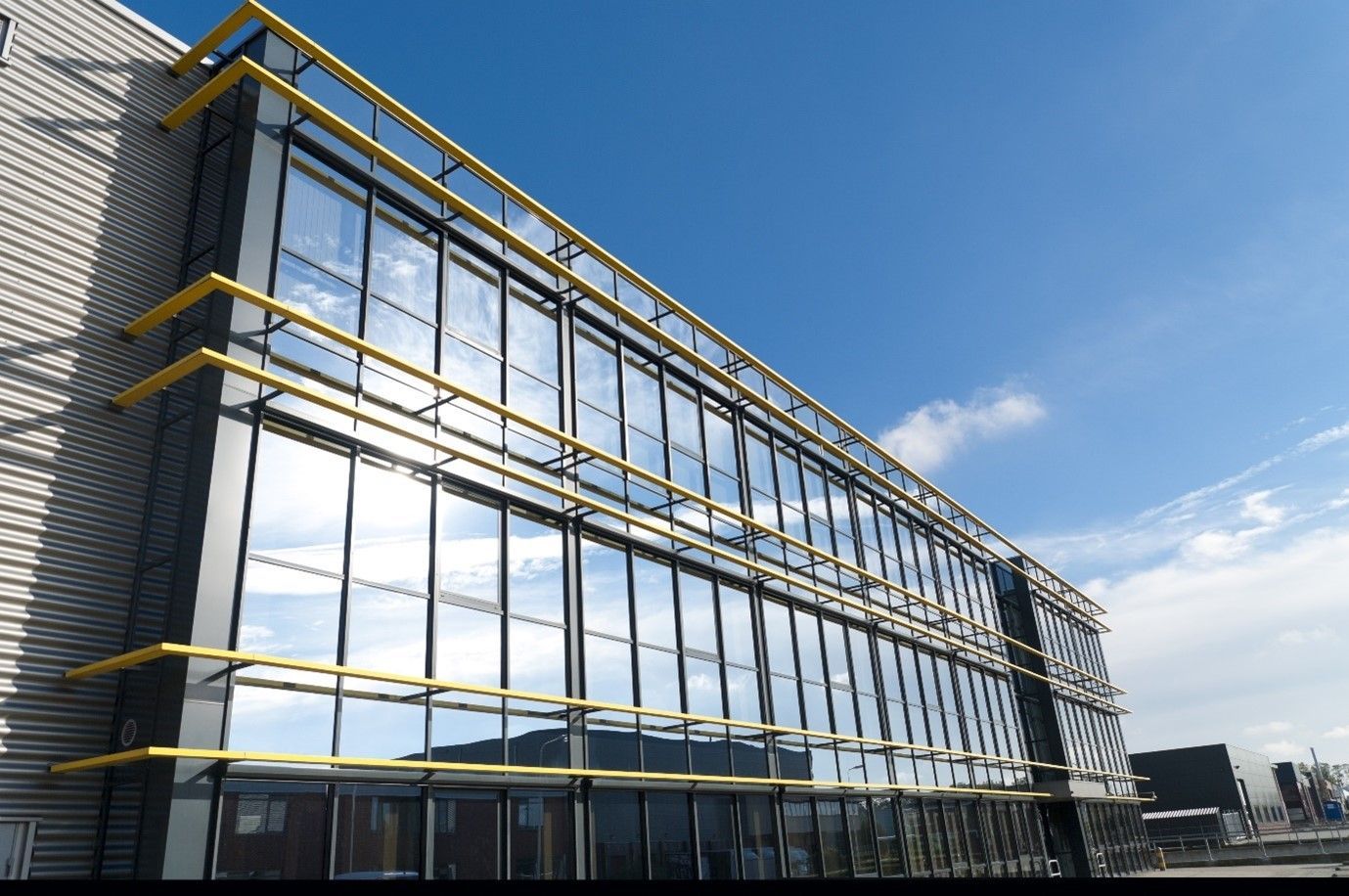
Why is it needed on non-domestic buildings?
The UK’s built environment is responsible for around 30% of the UK’s greenhouse gas emissions. So, this consultation concentrates mostly on electrification rather than on fabric, in anticipation of a decarbonised national grid.
Methodologies to be used in non-domestic buildings –
SBEM – Simplified Building Energy Model
DSM – Dynamic Simulation Model
Some key takeaways for non-domestic buildings –
- Solar PV panel coverage recommendation
- Metrics to remain the same - Building Emission Rate/ Building Primary Energy Rate and Target Emission Rate/ Target Primary Energy Rate. The Emission Rate quantifies the CO2 equivalent emissions associated with the building’s use of space heating and cooling, water heating, pumps, fans, lighting and renewable generation
- U-values to remain same
- Improvement in Air Test score to 8
- Heat pumps should follow Ecodesign Regulation which are not covered by Ecodesign regulations should have a minimum Coefficient of Performance COP of 2.5
- Lightning improvement to 105 lm/W for general internal lighting, 95 lm/W for display lighting
By covering these areas, the consultation sets out to improve the maintenance of efficiency in non-domestic buildings.
We will share relevant information with our clients as soon as we receive updates on this consultation.
Ashby Energy Assessors Blog and News

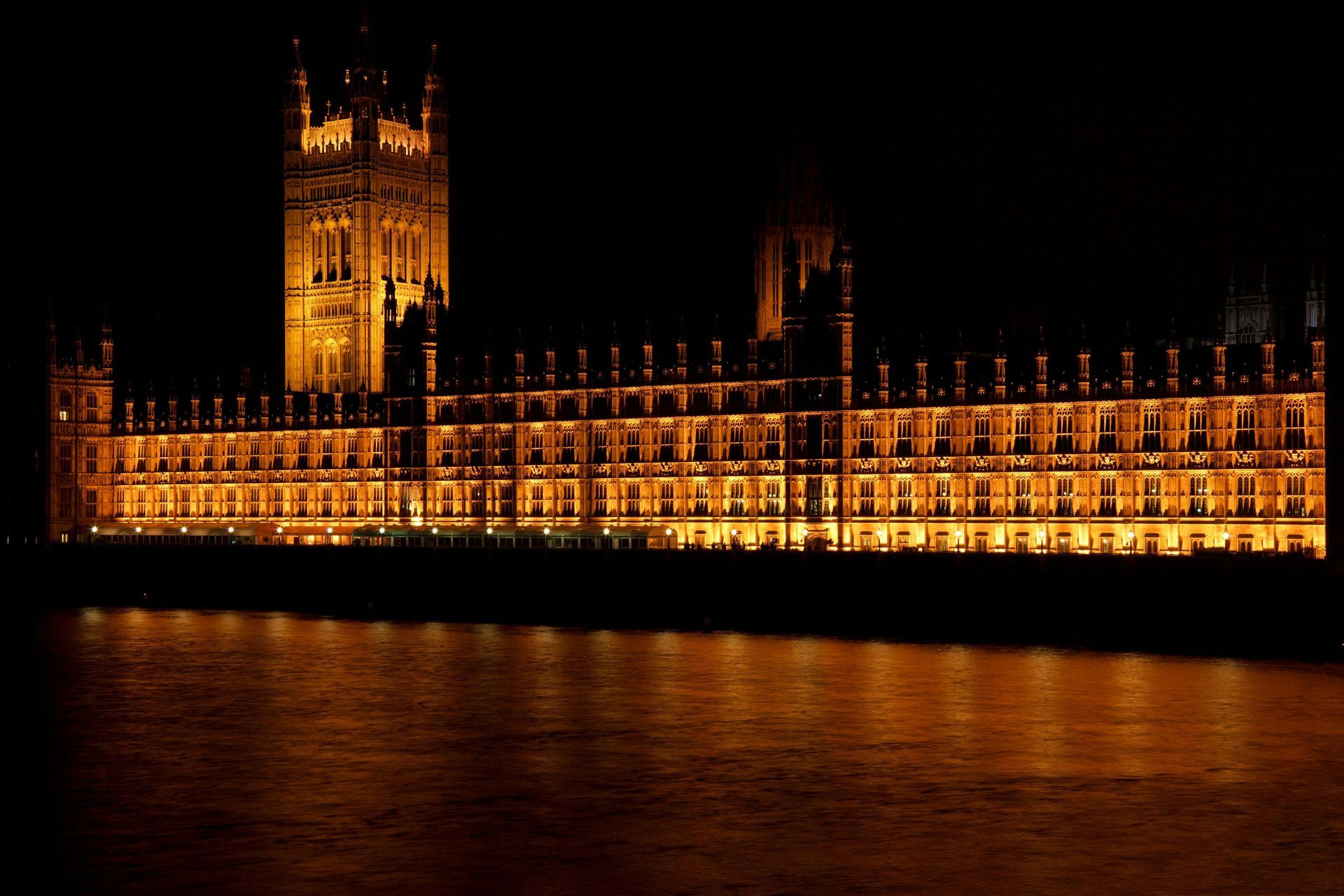
Contact Us
We will get back to you as soon as possible
Please try again later
Directory
Contact Information
01476 870504
info@ashbyenergy.co.uk
Ashby Energy Assessors Ltd
Head Office
Landrace Lodge
Friars Well Estate
Wartnaby
Melton Mowbray
Leicestershire
LE14 3HQ
All Rights Reserved | Ashby Energy Assessors | Design & Build By Kangaroo UK
